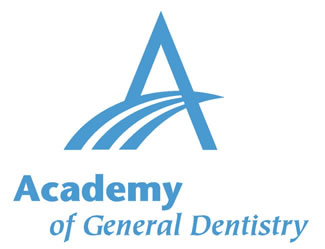Fact Sheet: Infection Control
Protection From Infection
Infection control refers to the recommended safety precautions that dentists follow to protect patients and staff. Many dental procedures involve direct contact with blood and saliva, but strict infection control helps to stop the spread of disease. Infection control procedures call for most of the instruments and supplies that your dentist uses to be either heat-sterilized or disposable.
Do All Dentists Practice Infection Control?
The Occupational Safety and Health Administration Bloodborne Pathogens Standard requires that all employees who may come in contact with blood be trained about proper infection control procedures. The dental board in your state also may have additional rules that your dentist must follow. What are standard precautions? Standard precautions are safety procedures established by the Centers for Disease Control and Prevention (CDC) and the American Dental Association (ADA) to make sure every patient is safe. These precautions require all dental staff involved in patient care to wear appropriate protective items, such as gloves, masks, and eyewear. Dentists and their assistants can use different kinds of protective gloves. Latex, vinyl or nitrile gloves are used for patient examinations and procedures, and are worn whenever skin could make contact with body fluids. The dentist or team member throws his or her gloves away after seeing each patient, washes his or her hands, and puts on a new set of gloves. The dental team also changes masks after each patient.
What Else Does My Dentist Do to Protect Me?
When you first sit in the dental chair, you'll probably see your dentist washing his or her hands. Hands are washed at the start of the day, before putting on gloves, and after taking off gloves or touching any potentially contaminated surface. Your dentist also makes sure that the instruments he or she uses during dental procedures are clean by sterilizing them, a process that destroys all forms of microbial life. Some protective items—such as gloves, masks, paper drapes, suction/water tube tips, and needles—do not need to be sterilized because they are used only once and then discarded.
Do Dentists Sterilize Instruments After Each Patient?
Dentists sterilize the drill and other instruments between patients to prevent the transmission of diseases. Dental offices follow and monitor specific heat sterilization procedures, which are outlined by the CDC and the ADA. Most dental instruments are sterilized in special machines because it takes much more than just soap and water to make sure instruments are free of bacteria. Recommended sterilization methods include placing these instruments into an autoclave (steam under pressure) or a dry heat oven or to use a chemical vapor (commonly called a chemiclave). Typically, this equipment is kept in the office, away from patients' view.
How are Other Objects Sterilized?
Before you enter the examination room, all surfaces are disinfected. To sterilize equipment that can’t be moved, such as X-ray units and countertops, a disinfectant is applied. Some offices may drape this equipment with protective covers, which are replaced after each patient. Disposable sharp items that cannot be sterilized—such as needles—are thrown away in puncture- resistant biohazard containers. Any disposable item that is contaminated with blood is discarded in a special container.

